T-Mobile combines groundbreaking standalone 5G and Ultra Capacity tech for maximum speed

There used to be a time (not that long ago) when T-Mobile essentially announced a new 5G breakthrough, massive wireless network expansion, or meaningful speed upgrade for millions of customers once every few weeks or so.
While those kinds of bombastic announcements primarily designed to name and shame the competition have certainly diminished in frequency over the past year or so, that should be interpreted as an encouraging sign of growing network maturity instead of a worrying indication of stagnating innovation.
Besides, the milestones and industry-leading achievements are not completely done yet, with one such feat being touted as a big and "immediate" step forward today for both mobile speeds and network latency across the nation.
Yes, the "Un-carrier" is officially taking its 2020-launched world-first "nationwide" standalone 5G network to the next level with the use of Ultra Capacity spectrum. The two technologies will basically be combined in more places than ever going forward to improve overall network performance for things like hardcore mobile gaming that require "near real-time responsiveness."
Ultra Capacity, mind you, is Magenta's commercial name for the mid-band 5G signal currently available for (a theoretical) 250 million people that is widely credited for leaving Verizon and AT&T in the dust in virtually all the speed tests conducted by all the analytics firms that matter in the last couple of years.
Standalone 5G technology, meanwhile, removes the need for a backup 4G LTE component from early 5G deployments, which in turn creates a "pure" 5G network that promises to unleash "groundbreaking new applications" in addition to speeding up all the existing ones.
Although lighting up "standalone Ultra Capacity 5G nationwide" to actually benefit end users is probably not a simple matter of flipping some comically large switch somewhere in Overland Park, Kansas, T-Mobile is keeping this latest network expansion quite vague for the time being.
The only (semi) palpable detail shared in the company's newest press release is the mind-blowing 3 Gbps peak speed achieved in tests with the help of standalone UC 5G and another groundbreaking technology called 5G carrier aggregation (NR CA).
T-Mo's goal right now is to combine three channels of blazing fast Ultra Capacity 5G and try to get as close as possible to that number out in the real world. Samsung's ultra-high-end Galaxy S22 family will be the first to get its users up to new download speed records in the "coming weeks", with unnamed "additional devices" (presumably including the Z Fold 4, Z Flip 4, and iPhone 14 series) set to join the party in the "near future."







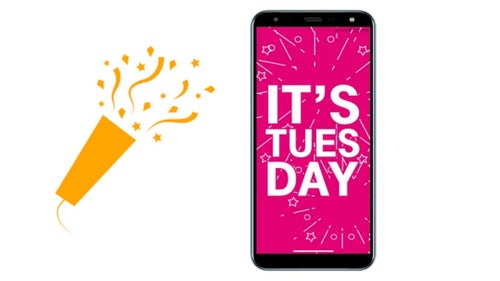
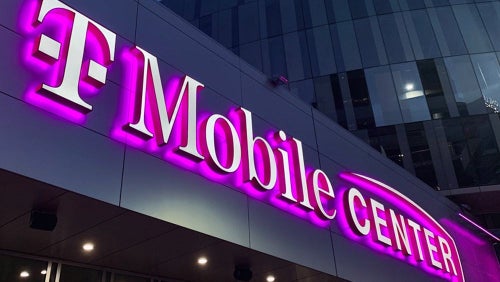

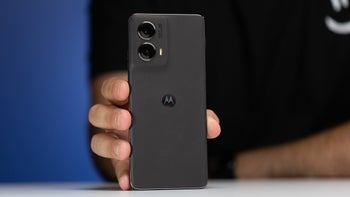


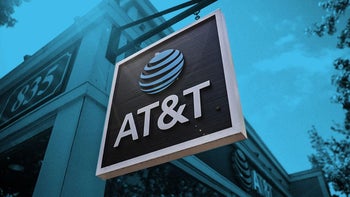

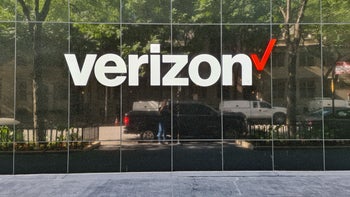
Things that are NOT allowed: